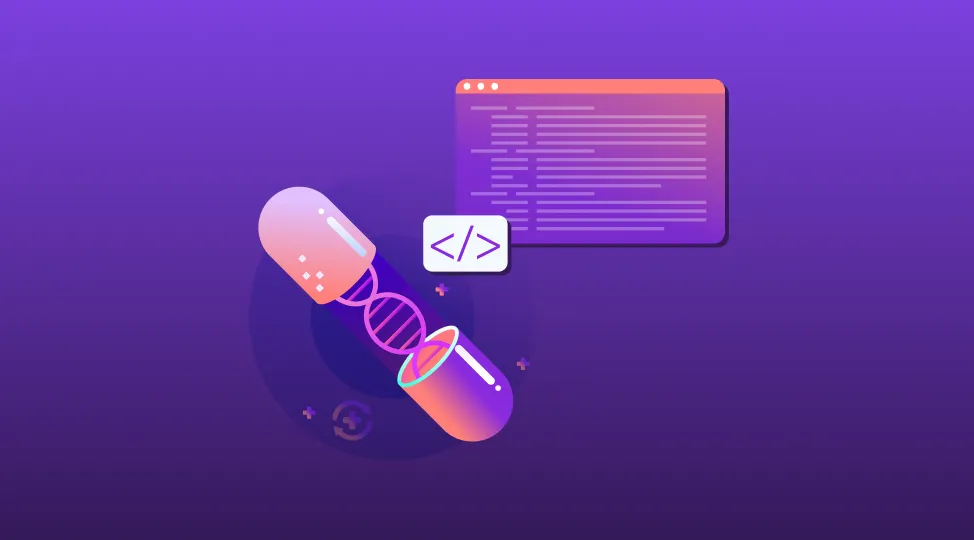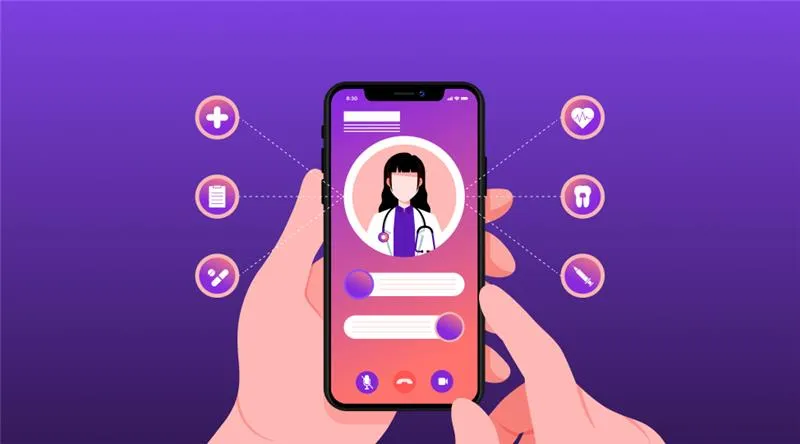Business

5 min

Struggling to Make Your Educational App Stand Out in 2025? Here's the Fix. The new academic year is around the corner, and competition in the edtech space is hotter than ever. If you're building an education application or planning fresh educational app ideas, here's the harsh truth: Students and schools won't stick around for clunky interfaces, boring content, or generic experiences.

By Dhruv Joshi
23 Apr, 2025
Parents expect results. Students demand personalization. And educators want tools that actually help them, not create extra work.
So, how do you build educational mobile apps that get downloaded, used, and loved? You bake in the right features that enhance engagement, deliver learning outcomes, and use AI in education to stay ahead of the competition.
Here are the 5 must-have features for your educational app ideas to win 2025 and beyond.
Generic content is dead. Today's learners want content that matches their speed, interest, and skill level. That's where AI in education changes the game.
What to Include:
AI-driven assessment tests to evaluate the learner's baseline.
Smart content recommendations based on performance and preferences.
Personalized quizzes that get harder or easier based on how students respond.
Why It Matters:
According to HolonIQ, the global AI-in-EdTech market is set to reach $25.7 billion by 2025. Personalization using AI isn't optional—it's expected.
"If your education app isn't personalizing content in 2025, it's outdated."
Want to see how AI is transforming learning? Check out our blog on "How Educational App Development + AI Is Transforming Student Learning in 2025".
Let's face it: Learning feels like a chore for many students. But add a little dopamine hit through gamification? Suddenly, they're hooked.
Must-Have Features
Achievement badges for task completion
Leaderboards to spark friendly competition
XP points, levels, or virtual rewards
Visual progress dashboards for motivation
Why It Works
According to the eLearning Industry, gamified school learning apps increase user engagement by up to 60%. Kids especially respond well to visual cues and competitive elements.
Think Duolingo. Now, think about how your app can make learning just as addictive.
Students don't always have access to strong Wi-Fi or stable mobile networks, especially in rural or underdeveloped areas. If your education app for students demands constant connectivity, you're cutting out a large chunk of your user base.
Add These Offline Features:
Downloadable video lessons and reading materials
Offline quiz completion with auto-sync
Cached notes and flashcards
Why It's Vital:
UNESCO reports that 33% of learners globally still struggle with internet access. Offline mode makes your educational mobile apps accessible and inclusive.
Don't let connectivity be the reason a student can't learn.
Post-COVID, live learning is not just a trend—it's a standard. Your education application should allow for real-time interactions between students and teachers.
Essential Live Features:
Live streaming with screen sharing and whiteboard tools
Real-time chat and Q&A modules
Push notifications for session reminders
Bonus:
Integrate attendance tracking and feedback forms
Archive recorded sessions for replay
A Statista survey found that 65% of students feel more connected and engaged during live sessions than through static pre-recorded content.
In 2025, live learning = real engagement.
India alone has 22 scheduled languages, and students across regions want to learn in their mother tongue. If you're targeting a global or diverse audience, this is a non-negotiable.
Must-Haves:
Content in multiple Indian and international languages
Subtitles and audio transcripts
Voiceover features
Accessibility tools for visually/hearing-impaired learners
Why It Matters:
According to a KPMG-Google report, 90% of new internet users in India prefer content in regional languages. Don't alienate your audience with English-only content.
Inclusive design = better adoption, broader reach.
Ready to turn concepts into reality? Follow these steps:
Identify top pain points: engagement, personalization, offline access.
Set measurable KPIs: retention rates, quiz completion, timeontask.
FrontEnd: React Native or Flutter for crossplatform speed.
BackEnd: Node.js/Express or Python/Django for scalable APIs.
AI Tools: TensorFlow or PyTorch for personalization engines.
Build wireframes focusing on intuitive navigation.
Test prototypes with real users—teachers and students.
Phase 1: Offline sync + basic content delivery.
Phase 2: Gamification + collaboration.
Phase 3: AI personalization + analytics dashboards.
Run beta tests in a classroom environment.
Collect feedback, fix bugs, and roll out regular updates.
Here's a quick rundown of the top 5 features your educational app ideas must include:
AI-driven personalized learning
Gamification and performance tracking
Offline learning functionality
Live classes with real-time interaction
Multi-language and accessibility support
These aren't bells and whistles. They're baseline expectations for students in today's education apps.
Don't waste time reinventing the wheel. At Quokka Labs, we specialize in building custom mobile app development for school learning apps and education applications that are scalable, beautiful, and super smart.
End-to-end app design and development
Free 1:1 consultation to brainstorm features
Launch-ready MVPs within weeks
Whether you're exploring fresh educational app ideas or upgrading your current platform, we've got your back.
The EdTech revolution is here. If you want your educational app to survive and thrive in 2025, you need to design with the student at the center. Personalization, gamification, and accessibility aren't just nice-to-have anymore. They're critical.
Top 11 Must-Have Features of a Custom Web Application in 2026
By Dhruv Joshi
5 min read
Generative AI Tech Stacks: Choosing the Right Tools for Scalable AI Development
By Dhruv Joshi
5 min read
Choosing Best Tech Stack for Web App Development: Performance, Cost, and Scalability
By Dhruv Joshi
5 min read
Top 9 Tech Stacks for Scalable Web Application Development
By Dhruv Joshi
5 min read

Business

5 min
Plan hr software development the practical way: must-have HRMS features, event-driven architecture, integrations, security controls, and a clear build roadmap. Use cost ranges, effort tables, and partner checklists to choose reliable hr software development companies. See persona-based workflows, a build-vs-buy matrix, and budget levers to launch an HRMS that reduces errors, speeds onboarding, and delivers audit-ready analytics.


Business

5 min
Learn how pharmacy management software development streamlines dispensing, inventory, billing, and patient engagement. This comprehensive guide covers software types, core modules, tech stack, step-by-step process, must-have 2026 features, costs, and tips for hospitals and independent pharmacies. Build secure, interoperable, cloud-ready pharmacy management software that reduces errors and improves care outcomes.


Business

5 min
Telemedicine app development is transforming healthcare by enabling secure, remote care through video, chat, and monitoring tools. Telemedicine apps support urgent care, chronic management, and mental health, while key features include e-prescriptions, EHR integration, and secure payments. Choosing the right telemedicine app development services partner requires proven healthcare expertise, HIPAA/GDPR compliance, scalable cloud architecture, transparent pricing, and strong post-launch support.


Feeling lost!! Book a slot and get answers to all your industry-relevant doubts